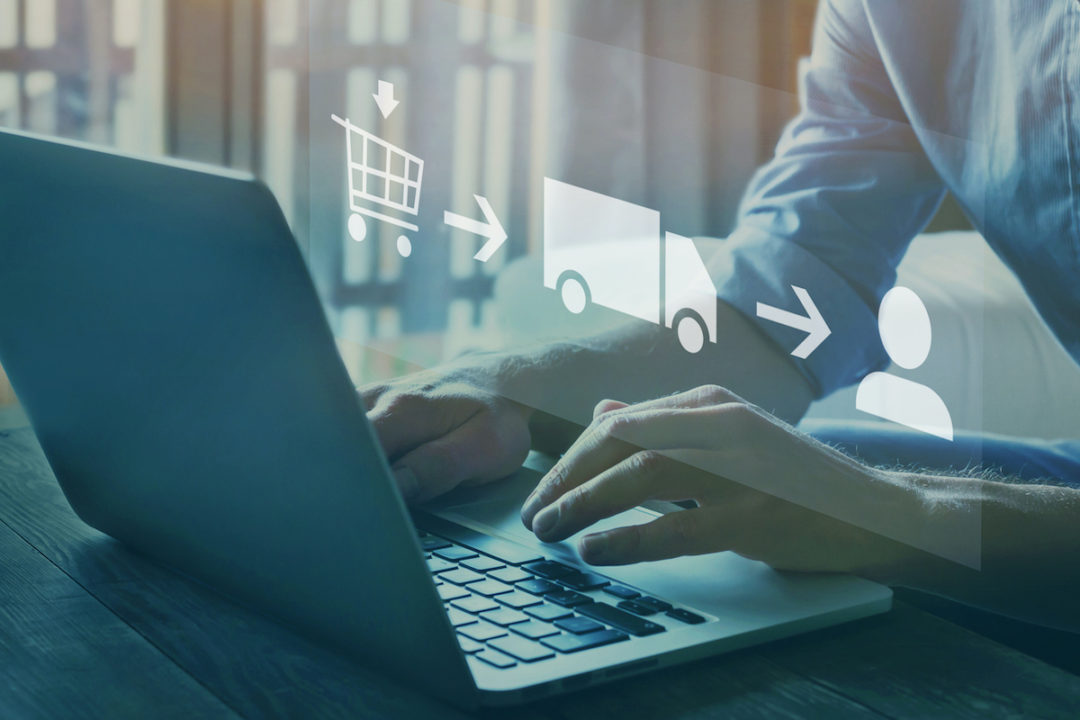
When it comes to delivering consumer goods, brands and retailers strive to meet ever-higher expectations of service excellence. Now those standards are filtering into the business world as well.
B2B buyers are demanding a B2C-like experience in their professional environments. They expect certainty and transparency from the moment they click "purchase" to when products are unloaded at their store, warehouse or job site. But for suppliers that lack modern delivery planning and the right optimization tools, this can be a costly and chaotic prospect.
Making B2B customers happy while keeping costs down will continue to be an ongoing challenge. B2B e-commerce is expected to grow to $2 trillion in sales this year, according to Digital Commerce 360. And as e-commerce sales continue to boom, there’s more pressure on businesses to get the delivery experience right. Statista predicts that within the next four years, global last-mile delivery will nearly double to become a $200 billion business.
At the crux of a great B2C delivery experience is giving consumers the confidence that they’re being taken care of, their needs are being met, and their order will be delivered on time. To achieve this, every step — from placing the order and confirming the delivery address to rescheduling a delivery date — should be easy, convenient and stress-free.
Keeping customers happy means delivering on time, which is why generating and sharing accurate ETAs is so crucial. Consumers check a live tracking portal an average of two and a half times on the day of delivery, so offering this capability isn’t a nice-to-have, it’s a must-have. Additionally, consumers want frequent updates and two-way lines of communication so they can easily reach out if a problem arises.
So how do businesses such as wholesalers, food and beverage distributors, building suppliers and others live up to buyers’ growing expectations? It starts with a strong foundation.
Organizations relying on legacy technology tend to have limited flexibility in altering delivery routes, so making last-minute changes to customer orders can easily send the process into disarray. At the same time, it can be difficult to accurately predict delivery ETAs. While this can result in late deliveries, it’s more common that organizations pad time between delivery stops, making real cost-efficiency almost impossible to achieve. In addition, the ability to predict and measure delivery costs on a per-stop level requires a level of visibility that many businesses have been unable to acquire with conventional solutions.
To provide a great B2B delivery experience, organizations first must execute on these fundamentals. That’s why many distributors, wholesalers and other B2B businesses are closely reexamining their tech stacks, with a particular eye toward optimization, artificial intelligence, and building flexibility into previously rigid processes.
Only after delivery planning and execution become more seamless and efficient is it possible to start building a more B2C-like delivery experience.
The transformation requires that organizations implement a comprehensive system for connecting internal operations to the external experience. This can only be achieved through a fully integrated platform with modern, innovative technology solutions, which should include:
- Route optimization with AI. The software can help to accurately predict arrivals by drawing on a variety of data, including traffic patterns, weather and other factors that impact delivery times. The system should get smarter over time, as it ingests more and more information, improving speed and reducing costs.
- Real-time visibility. By tracking deliveries as they unfold, it’s easy for suppliers to spot exceptions and make proactive changes to ensure timely delivery. But to elevate the delivery experience and build trust and loyalty, it’s also essential to provide the same view to customers via a real-time tracking portal. This enables businesses to respond to any delivery obstacle before customers are impacted.
- Live delivery notifications. While some B2B buyers might not want as many notifications as the average consumer, they still want to be kept up to date on when the truck leaves the warehouse or when their stop is next. The trick is finding the right cadence and customizing messages to customers' individual needs.
- Two-way communication. Customers need to be able to easily connect with their vendors via text, email or voice calls in case any issues arise so they can make changes, even after their order is out for delivery.
As businesses across the board face tighter margins and become more cost-conscious, it’s easy to discount the delivery experience and view it among the “intangibles.” But in competitive B2B marketplaces, elevating the delivery experience to be more consumer-like can be the one factor that makes a business more competitive and builds long-term customer loyalty.
Shailu Satish is the co-founder and chief operating officer of DispatchTrack.







